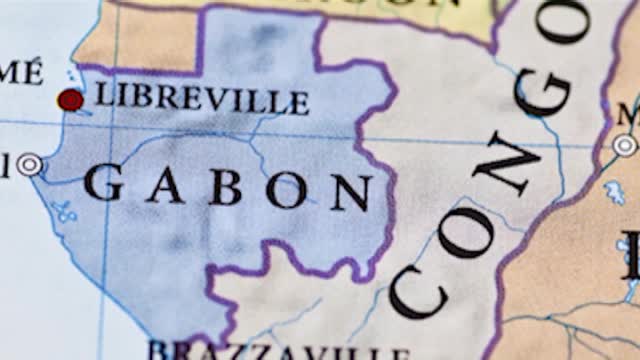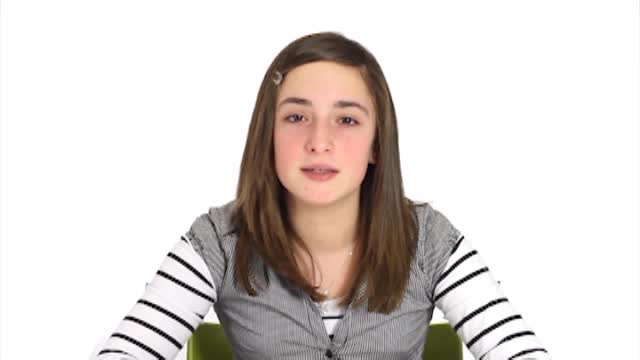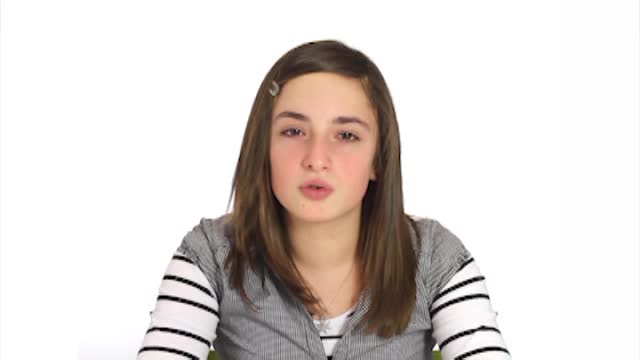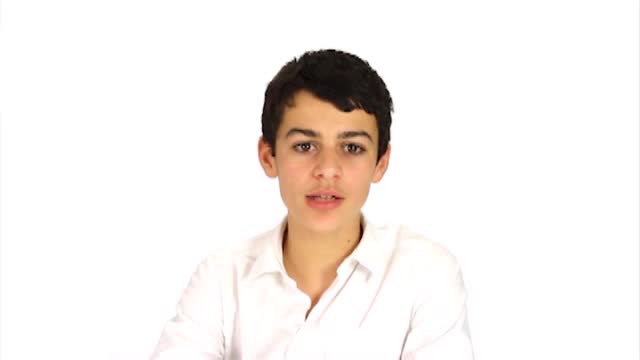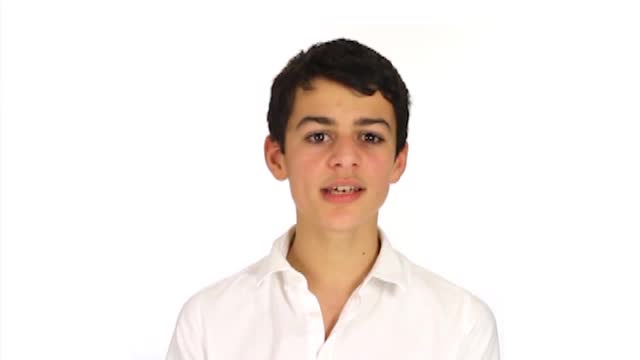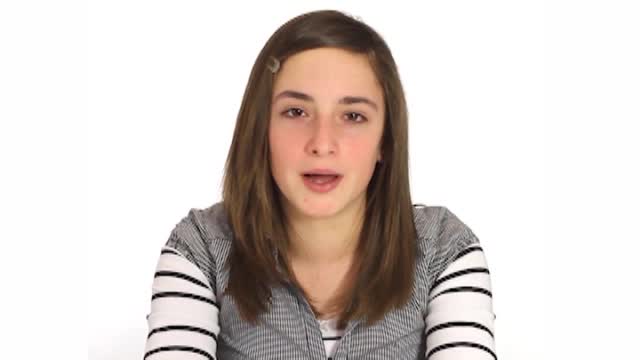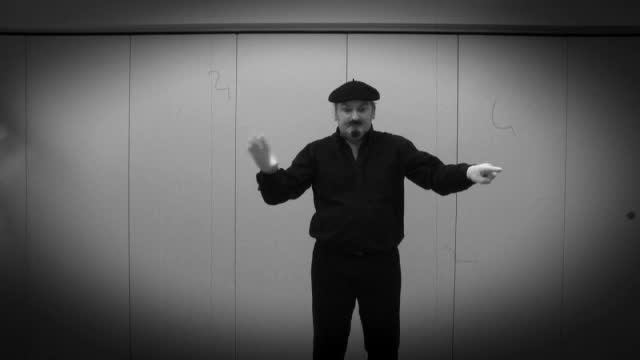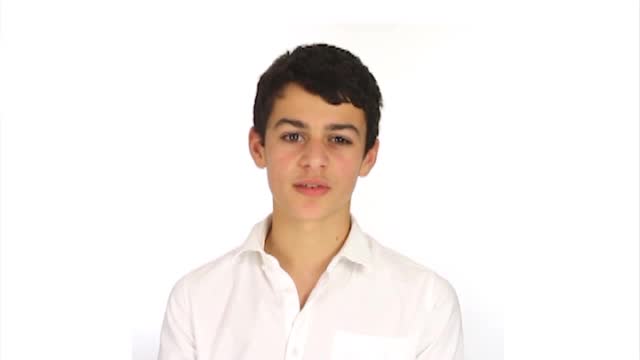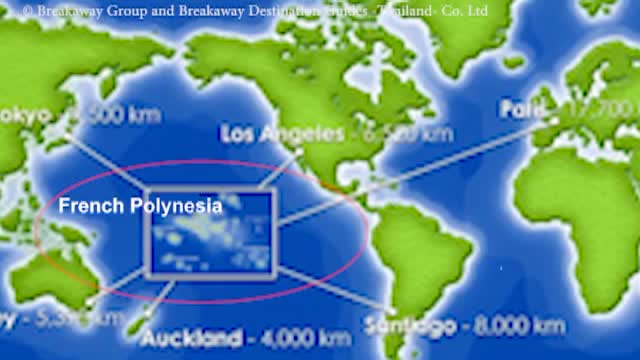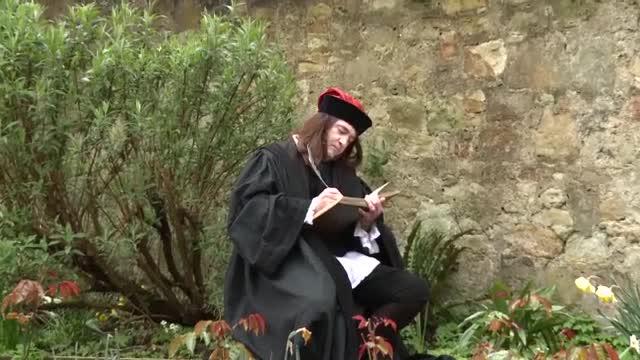Play Controls
Description
Watch a video narrated in French about the monuments and historic sights in Paris, the capital city of France.
It also has French captions that can be switched on or off using the caption (CC) button.
The video is part of the Passeport pour la Francophonie website, a modern languages resource for primary learners.Transcript
Teenage girl:
Bonjour ! Je vous propose un petit voyage dans la Ville-Lumière, aujourd’hui.
Oui, c’est aussi la Capitale de l’Amour
Et oui, rendez-vous à Paris !
Le symbole de Paris, c’est la Tour Eiffel.
La Tour Eiffel a été construite à l’occasion de l’Exposition Universelle de Paris, en 1889, pour célébrer le centenaire de la Révolution Française.
L’ingénieur qui a imaginé la Tour s’appelle…. Gustave Eiffel.
La construction a duré 2 ans. La tour mesure 324 mètres de haut. Impressionnant, non?
Il y a 3 étages et 1665 marches d’escalier pour aller au sommet – hou là là, je suis fatigué….
Mais si vous avez encore un peu d’énergie, vous pouvez visiter l’Arc de Triomphe, place de l’Etoile.
C’est l’Empereur Napoléon 1er qui a décidé la construction de l’Arc de Triomphe, pour rendre hommage aux soldats de son armée. La construction a duré 30 ans, de 1806 à 1836.
L’Arc mesure 50 mètres de haut.
Sous l’Arc, il y a le tombeau du Soldat Inconnu, qui symbolise tous les soldats morts pendant la Première Guerre Mondiale.
Il y a aussi une flamme, qui est ravivée tous les soirs à 18h30.
La célèbre Avenue des Champs Elysées est située dans l’axe de l’Arc de Triomphe.
Et dans la direction opposée, il y a la Place de la Concorde.
Et vous savez quel monument très célèbre se trouve sur cette place… pensez à L’Egypte….
Et bien, il y a l’Obélisque de Louxor.
L’Obélisque est le plus ancien monument de Paris car il date de l’époque du Pharaon Ramsès II.
En 1830, le roi d’Egypte offre l’Obélisque en cadeau à la France. Le ”frère jumeau” de l’Obélisque se trouve devant le temple de Louxor, en Egypte. Il est un peu triste tout seul, non?
Puisqu’on parle de bateau, voici la Seine, le fleuve qui traverse Paris.
A Paris, il y a actuellement 37 ponts pour traverser la Seine ! Les plus célèbres sont :
Le pont Alexandre-III, avec ses très belles statues dorées, qui date de 1900.
Ou le Pont Neuf. Le voici :
C’est en fait le pont le plus ancien de Paris malgré son nom ! Il date du 16e siècle !
Sur la Seine, à Paris, on peut prendre le bateau-mouche pour faire une petite croisière. Bon voyage ! Bzzz !
Mais revenons à la Place de la Concorde, en route pour le Musée du Louvre.
Le Louvre, c’est le plus grand musée de Paris. Le musée est à l’intérieur d’un ancien palais royal
Pas mal, non?
Il y a beaucoup d’œuvres très célèbres au Louvre, particulièrement la Vénus de Milo.
Et bien sûr la femme avec un sourire très énigmatique…. La Joconde, de Léonard de Vinci
Pour entrer dans le musée, on passe dans La Pyramide du Louvre.
C’est une pyramide de verre et de métal dessinée par l’architecte Pei et inaugurée en 1989
Encore l’Egypte !
Bon, après la visite au musée du Louvre, une petite promenade au Jardin du Luxembourg. Il existe depuis 1612!
Le Jardin du Luxembourg est très grand donc on peut faire beaucoup d’exercice!
Par exemple, on peut faire du jogging, jouer au tennis ou au basket.
Il y a aussi des activités pour les enfants, comme le théâtre de marionnettes ou des promenades à dos de poney.
Il y a de nombreuses fontaines, sculptures et statues.
Vous reconnaissez ces animaux?
Ça va, vous êtes encore en forme ?
Alors dernière étape – on va au Musée d’Orsay.
C’est beau non?
Le musée est aménagé dans une ancienne gare.
Dans le musée, il y a la plus importante collection au monde de peintures impressionnistes et postimpressionistes.
Allez, un petit test: quels peintres impressionnistes connaissez-vous ?
Oui, Claude Monet bien sûr.
Ou Paul Cézanne
Ou encore Auguste Renoir
Et Edgar Degas et ses belles danseuses
Et Paul Gauguin
Il y a aussi des sculpteurs, comme Auguste Rodin
et… et….
et bien pour admirer tous ces merveilleux tableaux et toutes les belles sculptures, il faut absolument aller au Musée d’Orsay.
Et puis, comme moi, vous allez dire “J’adorrrrrrrrrrrrre Paris” !
Hello! Today I suggest we take a little trip in the City of Light.
Yes, it is also the Capital of Love
And yes, we are going to Paris!
The symbol of Paris is the Eiffel Tower.
The Eiffel Tower was built for the Universal Exhibition of Paris in 1889 to celebrate the centenary of the French Revolution.
The engineer who designed the tower is called .... Gustave Eiffel.
The construction lasted 2 years. The tower is 324 meters high. Is that not impressive?
There are 3 floors and 1665 stairs to get to the top - wow, I'm tired ....
But if you still have some energy, let’s visit the Arc de Triomphe, Place de l'Etoile.
It was Napoleon that built of the Arc de Triomphe to honor the soldiers of his army. The construction lasted 30 years, from 1806 to 1836.
The Arc is 50 meters high.
Under the Arc, there is the tomb of the Unknown Soldier, which symbolizes all the soldiers who died during the First World War.
There is also a flame, which is relit every evening at 18:30.
The famous Avenue des Champs Elysées leads up to the Arc de Triomphe.
And in the opposite direction, there is the Place de la Concorde.
And you know what very famous monument is on this site ... think Egypt ....
Well, there is the Obelisk of Luxor.
The Obelisk is the oldest monument in Paris because it dates from the time of Pharaoh Ramses II.
In 1830, the king of Egypt gave the Obelisk as a gift to France. The "twin brother" of the Obelisk can be found in front of the Temple of Luxor, in Egypt. It is a little sad all alone, no?
Speaking of boats, here the Seine, the river that runs through Paris.
In Paris, there are currently 37 bridges crossing the Seine! The most famous are:
The Pont Alexandre III, with its beautiful golden statues, dating from 1900.
Or the Pont Neuf. Here it is:
This is actually the oldest bridge in Paris despite its name! It dates from the 16th century!
On the Seine in Paris, you can take a cruise on the riverboat. Bon voyage!
But back to the Place de la Concorde, on the way to the Louvre.
The Louvre is the largest museum in Paris. The museum is in a former royal palace
Not bad, right?
There are many very famous works at the Louvre, particularly the Venus de Milo.
And of course the woman with a smile .... very enigmatic The Mona Lisa, Leonardo da Vinci
To enter the museum, you go through the Louvre Pyramid.
It is a pyramid of glass and metal designed by architect Pei and inaugurated in 1989
More Egypt!
Well, after a visit to the Louvre Museum, a short walk to the Jardin du Luxembourg. Its been there since 1612!
The Jardin du Luxembourg is very large so you can get plenty of exercise!
For example, you can jog, play tennis or basketball.
There are also activities for children, such as puppet theatres or pony rides.
There are many fountains, sculptures and statues.
Do you know these animals?
Okay, you're still doing well?
Okay last step - we go to the Musée d'Orsay.
It's beautiful is it not?
The museum is housed in a former train station.
In the museum, there is the largest collection of impressionist and post-impressionists paintings in the world.
Come on, a little test: what impressionist painters do you know?
Yes, Claude Monet of course.
Or Paul Cézanne
Or another, Auguste Renoir
And Edgar Degas and the beautiful dancers.
And Paul Gauguin
There are also sculptors, by Auguste Rodin
and ... and ....
and it’s good to see all these wonderful pictures and all the beautiful sculptures, you must visit the Musée d'Orsay.
And then, like me, you'll say "I love Paris!"
Download
- Low Quality 240p (19.85Mb)
- Medium Quality 360p (34.13Mb)
